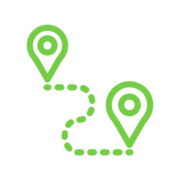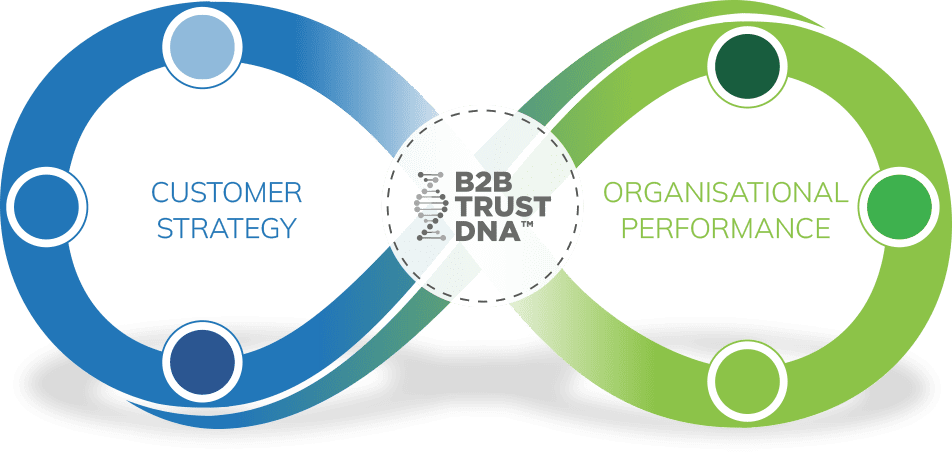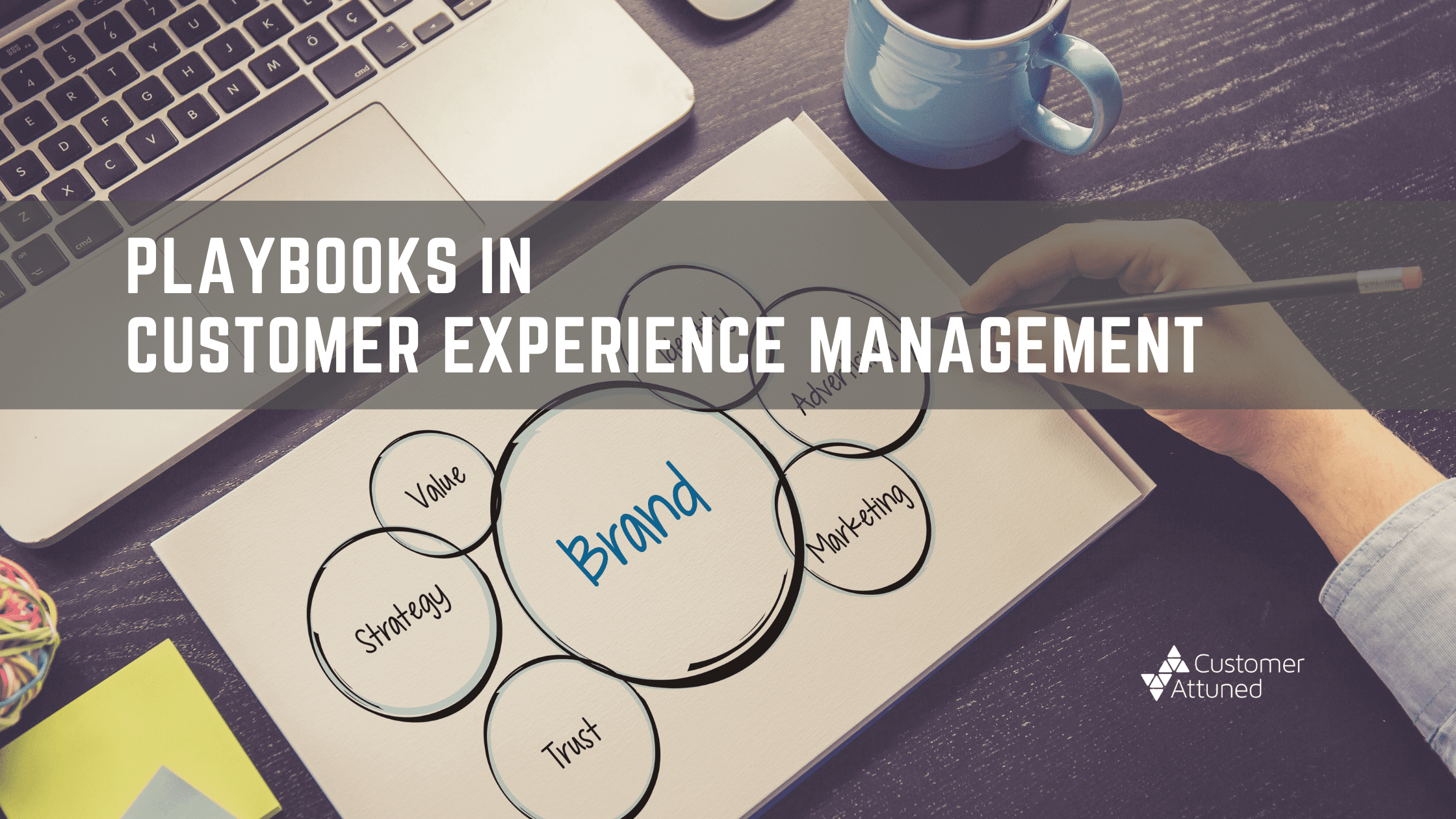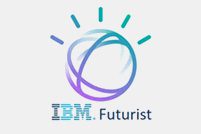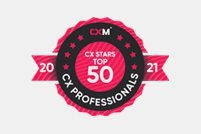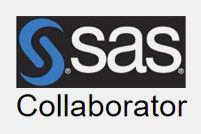Business Capabilities
Today’s businesses are complex, interactive organisms, operating through systems, people and customers.
 A failure in any part, no matter how large or small, can impact Organisational Performance and your Customer Strategy.
A failure in any part, no matter how large or small, can impact Organisational Performance and your Customer Strategy.
We know that when all of these elements work together, are customer centric and based on a foundation of B2B trust, businesses are transformed. Our belief is that trust engineered into your corporate purpose, culture, operating system and processes will deliver improved Business Capabilities.
Our practical, interactive methods help identify what areas of your Business Capability demands attention, and gives Managers the tools and skills needed to deliver the experience your customers want and need.
Our Business Capabilities services include:

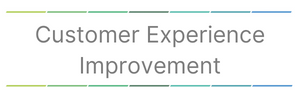
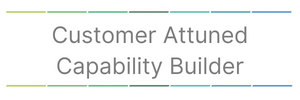
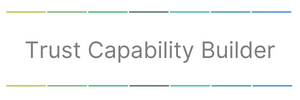
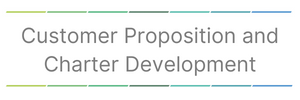
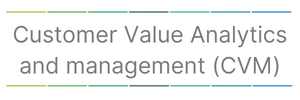
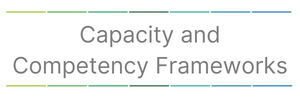
Our services have helped many organisations improve their Business Capabilities:
- Sharpening their competitive advantage and gaining market share
- Freeing budget to focus on innovation
- Moving the agenda from tactical, re-active to pro-active
- Identifying areas that need critical attention to better compete.
You are here:
Customer Management
Sales & Account Management
Trust Evaluation & Development
Embedded Trust
Business Capabilities
Training & Development
Organisational Performance
Using our Trust DNA™ model and the S Curve of Trust, we develop an organisation-wide programme that Embeds Trust in your ways of working and stakeholder engagement.
